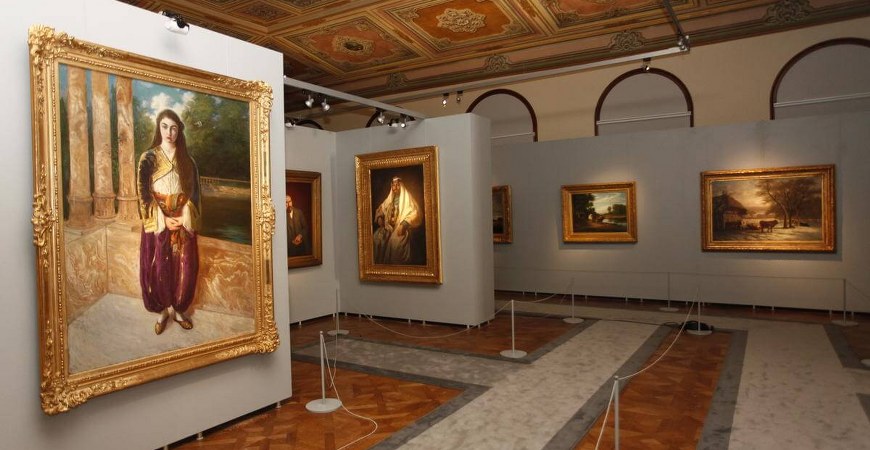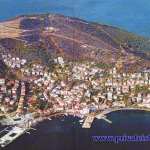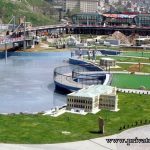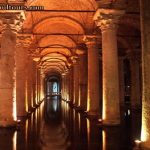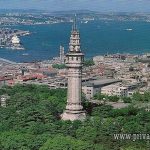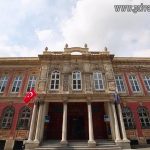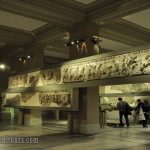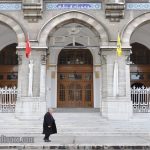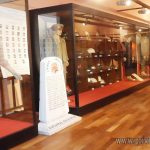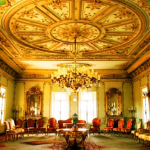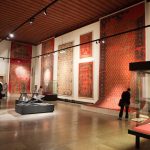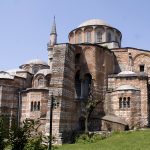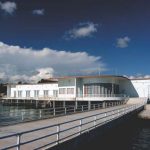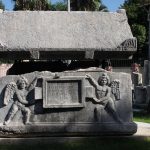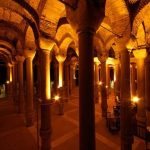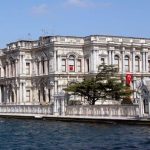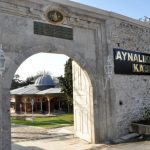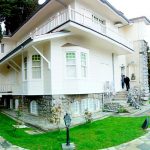Dolmabahce Palace Museum of Istanbul,
Dolmabahce Palace is of significance in our parliamentary history. As soon as Abdulhamid II assumed the throne the First Ottoman Deputies Assembly met here, on March 19, 1877, and later it was here that Mithat Pasha and his colleagues were arrested. After the declaration of the Republic Ataturk first came to Istanbul on July 1, 1927, and on this visit and all future ones always stayed in Dolmabahce Palace. On July 2, 1932, the First Turkish Historical Congress was held here, and in 1932 and 1934 the First and Second Turkish Language Councils were held here. The fourth room looking onto the sea after passing the Muayyede Salon in Dolmabahce Palace is the room where Ataturk died and is preserved just as it was at that time. The room has two doors and four windows and contains the bronze worked bedstead in which Ataturk slept, a wardrobe and commode, carpets, a sofa, and armchairs. The walls are wallpapered with a pale green flowered design. On top of the walnut, bedstead is a white embroidered cotton bedspread and a blue quilt, There are satin curtains at the windows.
After days of illness upon the yacht, Savarona Ataturk was brought to this room on the night of July 25-26 1938, and a course of treatment begun. But this room was the last place he went to. He died at five past nine on the morning of November 10, 1938.
After Ataturk’s death, this room numbered 71, was left intact and turned into a museum. Dolmabahce Palace, a residence of kings, the scene of many historical events, where treaties were signed. ambassadors received, political and scientific meetings held, and where Ataturk died, is today a monument museum affiliated tt, the Turkish Grand National Assembly. Even though the architectural style of Dolmabahce Palace is completely different from traditional Turkish architecture, it is still a Turkish masterpiece which symbolizes the architectural understanding of a period, not only with its structure alone but also with the works of art that it contains.

